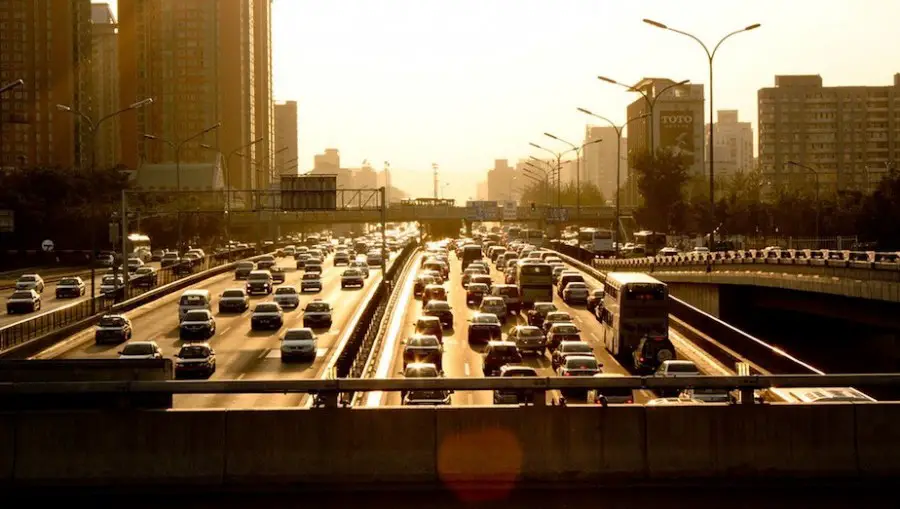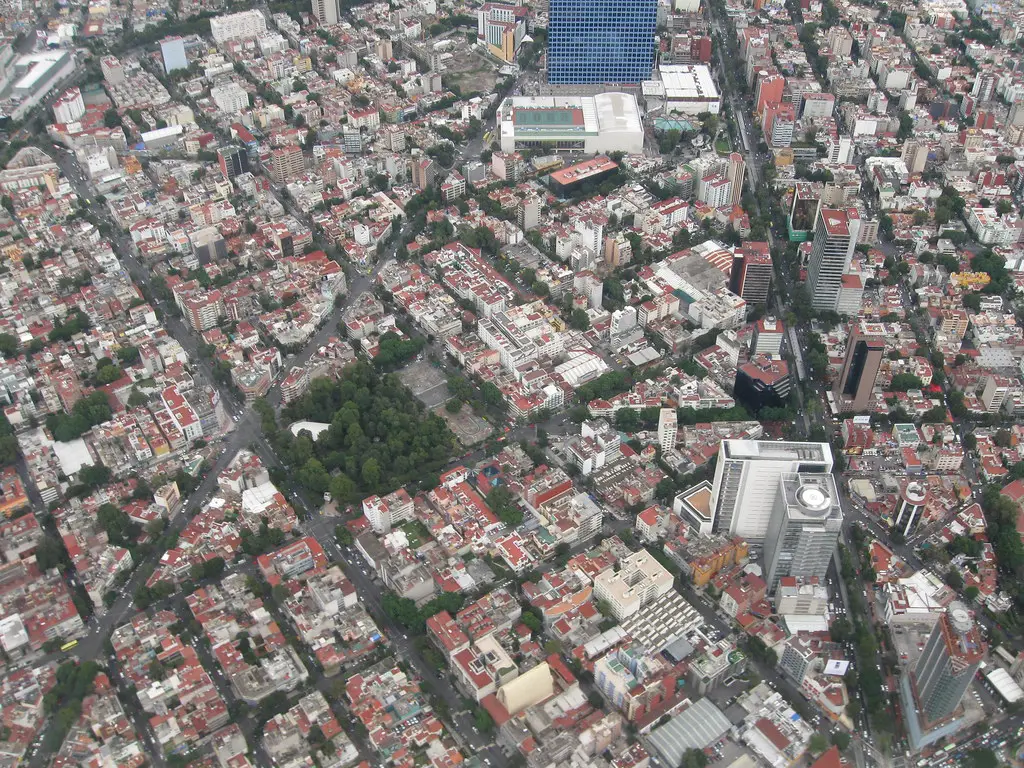Julio Cortazar is a well-known Argentinian author who wrote a story in 1966 in which car drivers were immersed in a seemingly unending traffic jam (here in Spanish and English). The unexpected result of this traffic jam was that people became friends and even fell in love, and when the traffic jam dissolved they all continued their normal lives. By 1993, the same situation (only the huge traffic jam component) was shown by REM in their video “Everybody Hurts”, though people in the video were much sadder than Cortazar had imagined them. Towards the end, they all just walk away from their cars upon Michael Stipe’s signal.
And, since we’ve been taught that reality is stranger than fiction , we have now come to a time where these things actually happen: during the end of August 2010, a nine-day, 100-km traffic jam took over a stretch of a Chinese road between Inner Mongolia and Hebei, where people could feel for themselves what Cortazar and REM had dreamt, though in that case nobody fell in love nor did they walk away from their cars (at least not for a long time).
And these 3 examples give us a taste of what congestion can conjur in social life. Congestion, of course, is seen as something negative by everyone in society, but once one gets to analyzing it a bit further, we can find that there are two different views on what congestion means socially: a restricted one and a broader way of looking at it. In the next few paraghraphs, I’ll provide a few pointers as to how these are understood.
The first of these is what I would call the restricted view of congestion: what does congestion do to those who are in it? How is it good or bad for them? This has been the prevailing view of congestion and its benefits on society for the greater part of the past decades, and it emphasizes how congestion will have an effect on travel time (thus generating delays to drivers and they will have to wake up earlier if they want to arrive to work on time), the consequent stress arising from being on the wheel, and in general any effect on the driver – and maybe his companion, if he/she would chose to drive in a carpool. Sometimes, these “social” indicators will do the extra effort and the time lost to congestion will be quantified as “hours lost” and this will be turned into a loss in GDP, which could be said is a broader way of looking at congestion’s social impact. In this view, congestion is seen as an inevitable symptom of “economic progress”, and the antidote is thought to be building more roads (more on this later).
But there can be a much broader way of looking at this problem: the questions that this view would pose would be along the lines of “what do those drivers in traffic jams generate in society as a whole, and how was traffic and transport planned to arrive at such congestion?” As such, this view emphasizes equity of all citizens (and thus, of all road users), and not only thinks of the people inside the traffic jam but those who have a bad time because of them.
How does this reflect upon social and measurable impacts? For instance, one could see how public transport users have delays in their trips because of all other motorized traffic on roads, and how they must get up earlier because of others’ preferrence to drive a car. One can also see how congestion generates more pollution and, in consequence, pedestrians (and many children) have a harder time walking alongside congested roads due to their increased exposure to pollutants and higher chance of ending up in a hospital for respiratory problems. Of course, this view would also analyze the effects on economy, employment, GDP and related indicators for both the drivers and all other road users, though always with an underpinning of equity issues. In this view, congestion is not seen as a symptom of economic progress but as a lack of proper transport planning and as a sign that transport demand must be managed by means of congestion charging, parking pricing and other similar measures.
Carlosfelipe Pardo is a psychologist and urbanist who works on transport issues in developing countries. He is the founder and executive director of Slow Research.
Photo: itdp


